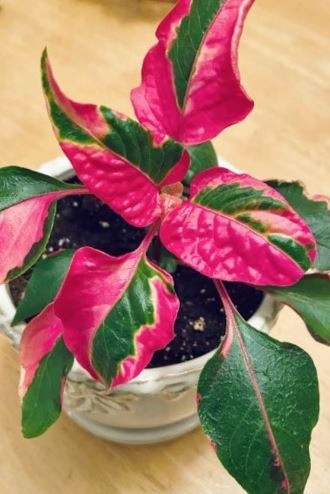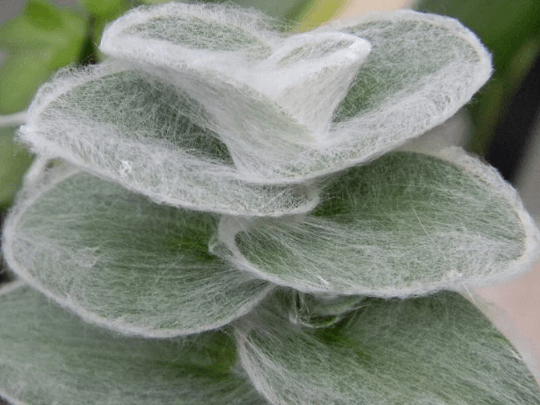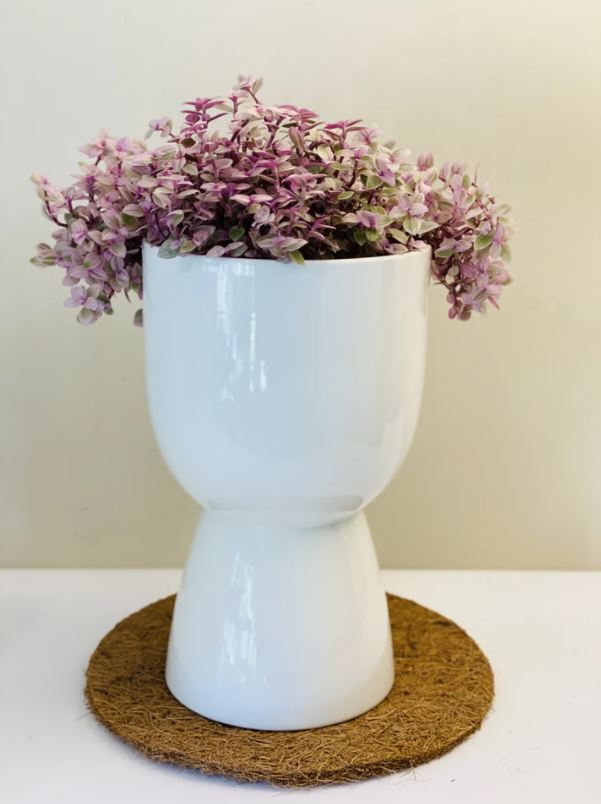Introduction
If you’re looking to add a pop of color and a touch of fun to your garden, look no further than Alternanthera Party Time. This vibrant and eye-catching plant is sure to bring life to any outdoor space.
Alternanthera Party Time, also known as Joseph’s Coat, is a tropical perennial plant that is native to South America. It is named for its striking variegated foliage, which features a mix of bright green, pink, and red leaves. The combination of colors creates a truly mesmerizing effect that is hard to ignore.
One of the great things about Alternanthera Party Time is its versatility. It can be planted in containers, hanging baskets, or directly in the ground, making it suitable for gardens of all sizes. Whether you have a small balcony or a sprawling backyard, this plant is sure to thrive and make a statement.
When it comes to care, Alternanthera Party Time is relatively easy to maintain. It prefers full sun to partial shade and well-drained soil. Regular watering is essential, especially during hot and dry periods. Pruning can be done to maintain the desired shape and size, as well as to encourage bushier growth.
One of the key features of Alternanthera Party Time is its ability to attract attention. The vibrant foliage is a magnet for butterflies and hummingbirds, making it a great addition to any pollinator garden. It also works well as a border plant, creating a striking contrast against other greenery.
In terms of design, Alternanthera Party Time can be used in a variety of ways. Its colorful leaves provide an excellent backdrop for other plants, allowing them to stand out even more. It can also be used as a focal point, creating a bold and dramatic statement.
If you’re looking to create a unique and visually stunning garden, consider incorporating Alternanthera Party Time. Its vibrant colors, easy maintenance, and ability to attract wildlife make it an excellent choice for both novice and experienced gardeners alike. Whether you’re looking to add a splash of color to your patio or create a tropical oasis in your backyard, this plant is sure to deliver.
So, why wait? Get your hands on Alternanthera Party Time and let it bring the party to your garden! With its bold colors and playful nature, this plant is sure to be the life of the party.
Care Guide

1. Choosing the Right Location:
When it comes to growing Alternanthera Party Time, selecting the right location is crucial. This plant thrives in bright, indirect sunlight, making it an ideal choice for both indoor and outdoor gardens. Ensure the plant receives at least six hours of sunlight daily, but be cautious of direct sunlight, as it can scorch the leaves.
2. Soil Requirements:
Alternanthera Party Time prefers well-draining soil, rich in organic matter. A mix of garden soil, peat moss, and perlite or sand can provide the perfect growing medium. The pH level of the soil should be slightly acidic to neutral, ranging from 6.0 to 7.0.
3. Watering:
Maintaining the right moisture levels is crucial for the health of your Alternanthera Party Time. Water the plant thoroughly, allowing the soil to dry out slightly between waterings. Avoid overwatering, as it can lead to root rot. Adjust the frequency of watering based on the season and environmental conditions.
4. Fertilization:
To ensure optimal growth and vibrant foliage, fertilize your Alternanthera Party Time every four to six weeks during the growing season. Choose a balanced, water-soluble fertilizer and follow the package instructions for application rates. Avoid over-fertilizing, as it can result in excessive foliage growth with diminished color intensity.
5. Pruning and Maintenance:
Regular pruning is essential to maintain the compact and bushy shape of Alternanthera Party Time. Trim back any leggy or overgrown stems to encourage new growth. Additionally, remove any dead or yellowing leaves to maintain the plant’s overall health and appearance.
6. Pests and Diseases:
Alternanthera Party Time is generally resistant to pests and diseases. However, it may occasionally attract common garden pests such as aphids or spider mites. Regularly inspect the plant for any signs of infestation and take appropriate measures, such as using insecticidal soap or neem oil, to control the problem.
Proudly powered by WordPress





